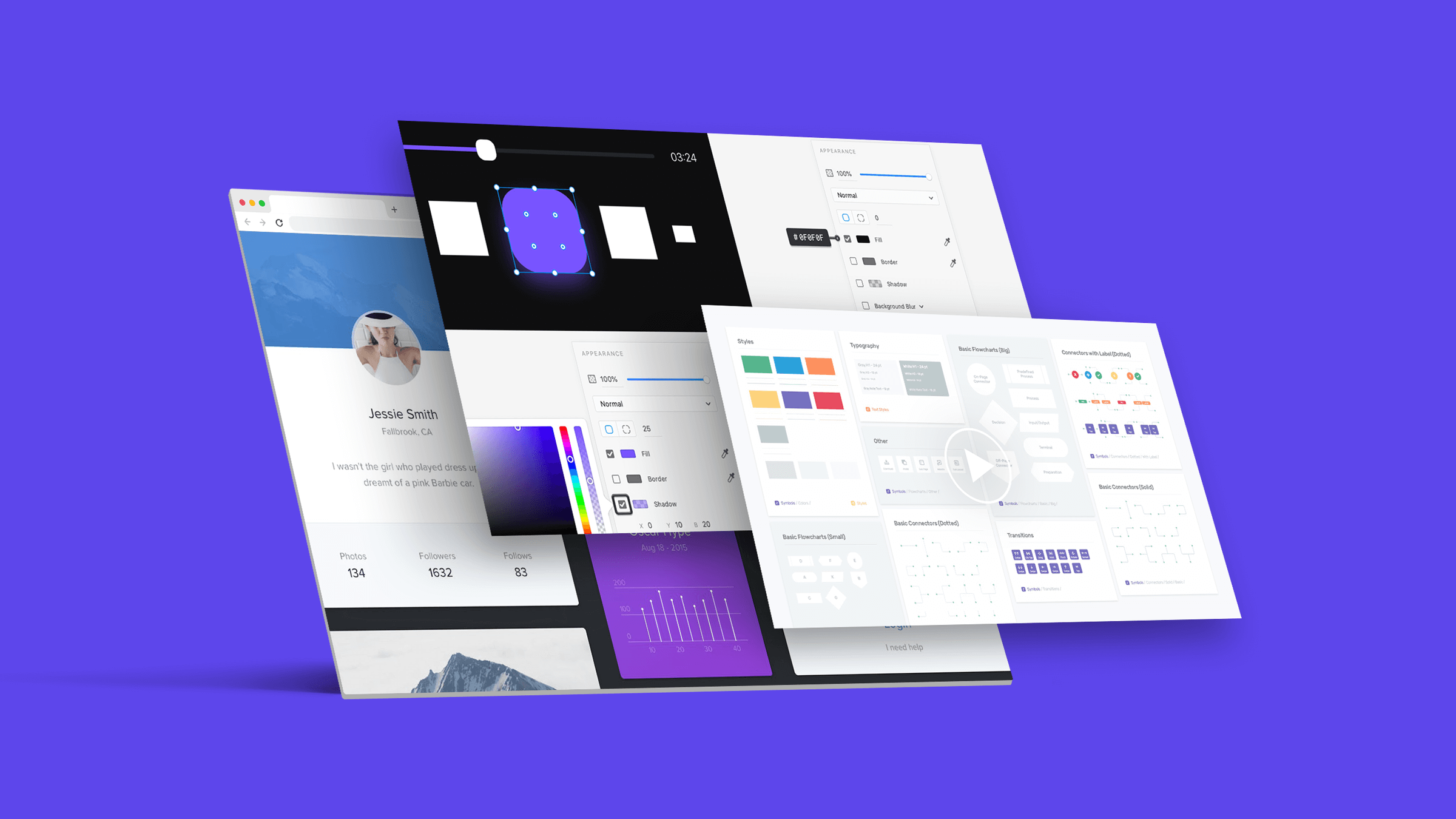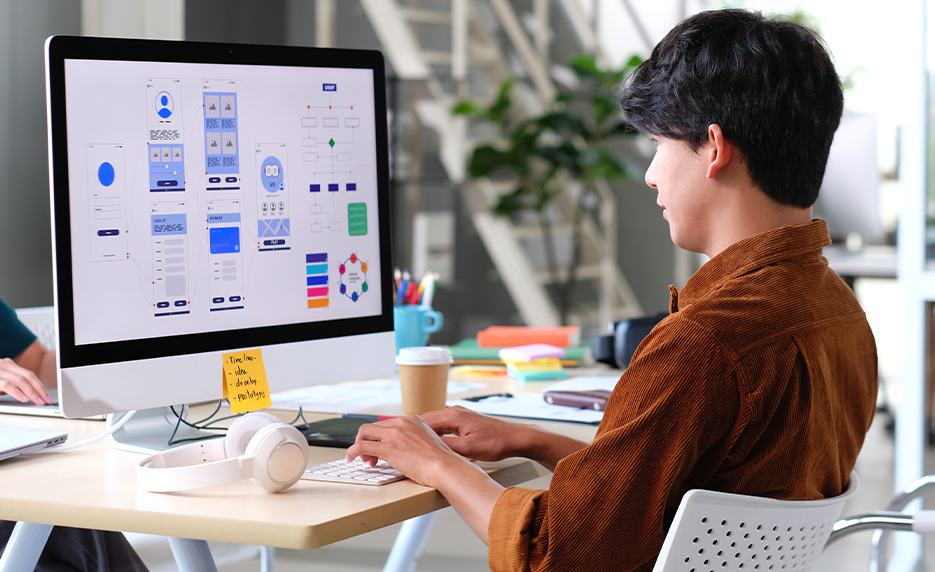Exactly How Reliable Website Design Can Drive More Web Traffic and Sales
Exactly How Reliable Website Design Can Drive More Web Traffic and Sales
Blog Article
Maximize Individual Experience With Cutting-edge Internet Site Layout Solutions
In today's digital landscape, optimizing individual experience via ingenious site style solutions is essential for services looking for to engage their audience successfully. By welcoming user-centric layout principles, organizations can develop user interfaces that not only meet customer demands but also boost general contentment. Secret factors such as receptive formats, intuitive navigating, and reliable visual pecking order play an important duty in this procedure. The assimilation of interactive aspects can even more raise the customer trip, triggering a reevaluation of typical design techniques. When we take into consideration the advancing expectations of individuals?, what approaches might emerge.
Comprehending User-Centric Style

To apply user-centric style properly, it is important to carry out comprehensive research, including user interviews, studies, and usability screening. These research study approaches provide important information that notifies style choices, ensuring that the final item aligns with individual assumptions. In addition, creating user personalities can aid developers picture and understand with the end-users, leading the layout procedure toward extra appropriate options.
Additionally, repetitive layout is an essential component of user-centric approaches. By constantly testing and refining layouts based on user responses, designers can identify pain points and areas of improvement, resulting in a more refined end product. Eventually, user-centric style is not simply a stage in the advancement process yet a constant dedication to focusing on customer requirements, leading to more effective and engaging digital experiences.
Significance of Responsive Layouts
As electronic interactions progressively take place across a variety of gadgets, the importance of receptive layouts can not be overemphasized. A responsive layout makes sure that a website adapts seamlessly to different screen dimensions, from desktop displays to smart devices. This flexibility is important in today's multi-device landscape, where customers anticipate a engaging and consistent experience no matter how they access web content.
The primary benefit of responsive design is boosted individual fulfillment. When a web site is enhanced for all gadgets, it reduces the demand for zooming, scrolling, or straight navigating, which can lead and frustrate customers to greater bounce prices. Furthermore, internet search engine like Google prioritize mobile-friendly internet sites in their ranking algorithms, making responsive designs essential for effective SEO strategies.
Furthermore, responsive layouts facilitate less complicated maintenance and updates. As opposed to handling separate versions of a website for different gadgets, a solitary, fluid design can be customized, conserving time and resources. This all natural technique not only improves performance however also cultivates brand coherence across systems. Eventually, spending in receptive formats is not simply a fad; it is a basic principle of modern web style that significantly boosts user experience and engagement.
Enhancing Navigation and Access
Efficient navigating and accessibility are crucial elements of a properly designed web site, substantially affecting customer engagement and fulfillment. An user-friendly navigation framework permits visitors to find info swiftly and with ease, decreasing stress and boosting the likelihood of repeat brows through. Implementing clear, descriptive tags for navigating links, together with a logical power structure, can guide customers flawlessly through the website.
Availability is similarly important, making sure that all customers, no matter of their impairments or capacities, can connect with the website effectively. This can be achieved via making use of ideal color contrasts, message dimensions, and alt text for photos, which together enhance the experience for visually damaged users. Additionally, incorporating key-board navigation and display visitor compatibility expands access for individuals with diverse requirements.
Regular usability screening can give important understandings into navigating efficiency and ease of access issues. By gathering feedback from genuine customers, developers can determine pain factors and make informed changes. Eventually, focusing on navigating and access not only cultivates inclusivity but additionally cultivates a favorable individual experience, enhancing the brand's dedication to top quality and customer care in a progressively digital landscape.
Utilizing Visual Hierarchy Effectively
Aesthetic hierarchy functions as a guiding structure in site style, routing users' interest to one of the most important components on a page. By purposefully organizing aesthetic components such as spacing, shade, and typography, developers can produce a clear pathway for users to comply with. This framework not just boosts customer experience but likewise enhances material comprehension.
One reliable method to find more information develop visual hierarchy is with making use of size and range. Bigger elements naturally bring in even more interest, making headings and key visuals popular. Complementing look at these guys this method with contrasting shades can better distinguish main web content from additional details, making certain that necessary information sticks out.
In addition, the plan of aspects plays an important duty in assisting user communication. Employing a grid design can develop a natural flow, while whitespace helps to separate web content and lower cognitive tons - Website Design. This willful spacing enables customers to refine details extra conveniently, bring about boosted interaction
Finally, utilizing regular layout patterns aids reinforce visual power structure, giving individuals with acquainted hints as they navigate the website. By prioritizing these principles, designers can effectively make the most of customer experience, ensuring that visitors can effortlessly find the information they seek.
Integrating Interactive Aspects
The unification of interactive aspects into site layout can substantially enhance user involvement and general experience. Interactive features such as quizzes, sliders, and polls not just captivate customers but likewise advertise energetic participation, making the searching experience extra remarkable. By urging customers to engage, internet sites can successfully maintain interest and minimize bounce prices.
In addition, incorporating vibrant content like computer animations and float results adds an enticing layer of interactivity. These aspects can assist individuals intuitively through the site, highlighting essential info and contacts us to action. Computer animated buttons can attract attention and enhance click-through rates.
Furthermore, personalization through interactive devices such as chatbots or suggestion engines enables sites to deal with individual choices, promoting a feeling of link. This customized method not only boosts individual complete satisfaction yet additionally urges repeat sees.
Including analytics devices to track communications provides useful insights right into customer behavior, allowing constant enhancement of the interactive components. Ultimately, a properly designed interactive experience changes an easy browsing session right into an engaging journey, bring about enhanced user fulfillment and commitment. Incorporating interactive elements is necessary for optimizing customer experience in contemporary internet site style.
Conclusion

In today's digital landscape, making the most of individual experience via innovative internet site design remedies is important for services looking for to engage their audience efficiently. Ultimately, prioritizing navigation and accessibility not just fosters inclusivity yet additionally grows a favorable user experience, enhancing the brand's commitment to quality and customer care in a significantly digital landscape.

In conclusion, making best use of customer experience with innovative internet site design remedies requires a commitment to user-centric concepts. Website Design.
Report this page